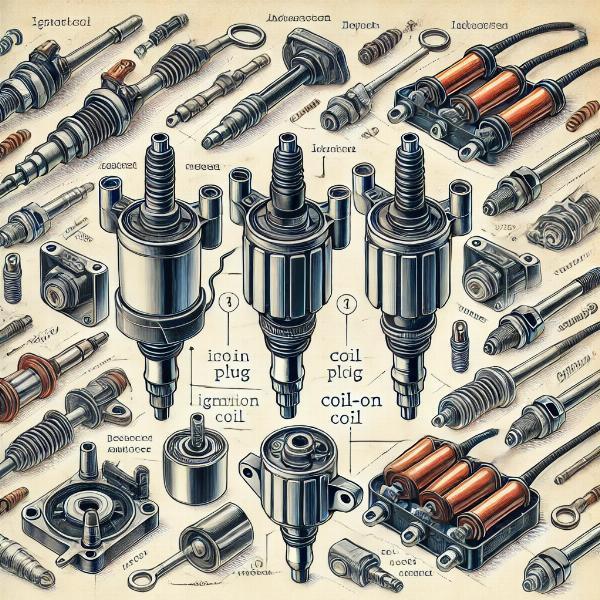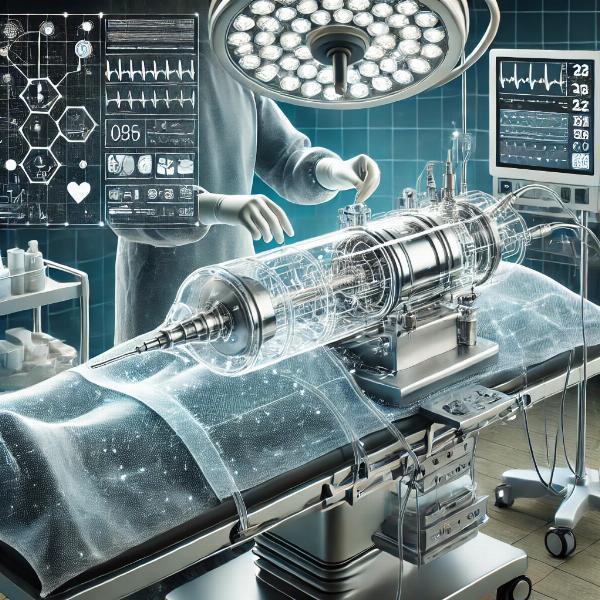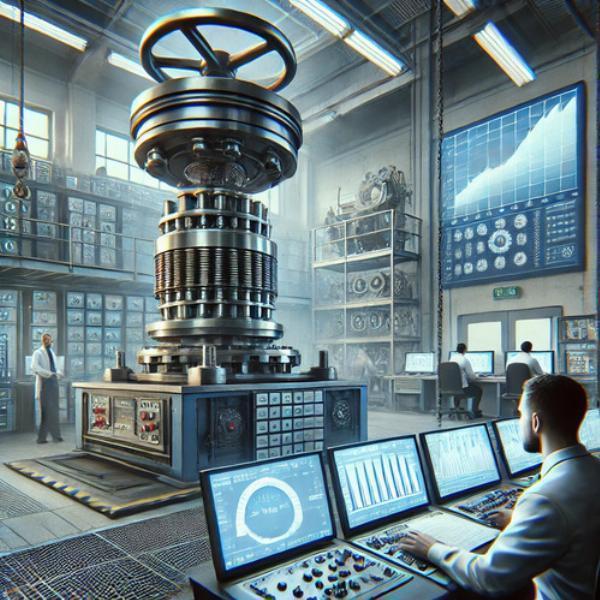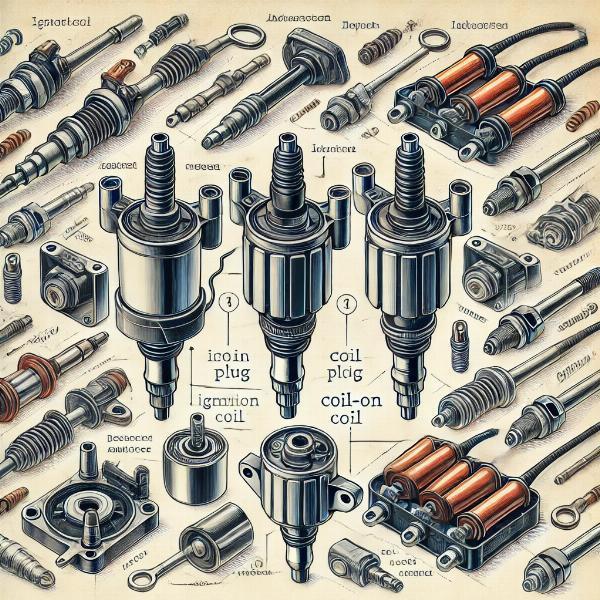 Google Ads Done Right – More Clicks, Less Waste!
Google Ads Done Right – More Clicks, Less Waste!
The Evolution and Future of the Global Biosensors Market
Written by jigar » Updated on: June 17th, 2025

Introduction to the Biosensors Market
The concept of Biosensors Market first emerged in the early 1960s when Leland C. Clark Jr., dubbed the "father of biosensors," introduced an enzyme electrode that could detect glucose in blood. This innovation marked the inception of the Biosensors Market, which was initially driven by the need for rapid, accurate, and minimally invasive methods for biological and chemical detection. The primary motivation behind developing biosensors was to enhance medical diagnostics and environmental monitoring, providing immediate results that were previously unachievable with traditional laboratory methods.
Evolution of the Biosensors Market
Over the years, the Biosensors Market has experienced significant evolution, expanding its boundaries far beyond its initial medical applications. This market now encompasses a variety of sectors including healthcare, environmental science, food safety, and security, adapting to the needs of a fast-paced world where technology and data are paramount. The advancements in nanotechnology, microfabrication, and biotechnology have particularly propelled this market forward, enabling the development of more sensitive, selective, and portable biosensors.
The journey from the first glucose sensors to today’s sophisticated systems has been marked by innovation. These developments have included the integration of digital technology, which has revolutionized the way biosensors function and are used in everyday applications. From wearable sensors that monitor body metrics in real time to embedded sensors that ensure food safety throughout supply chains, the applications are as diverse as they are impactful.
The Utility of Biosensors
Biosensors are exceedingly valuable because they provide quick, accurate, and reliable data. In healthcare, they enable continuous monitoring of patients' conditions, significantly improving the management of chronic diseases like diabetes by providing instant feedback on blood glucose levels. In environmental monitoring, biosensors detect pollutants and toxins swiftly, facilitating immediate responses to potential hazards. Similarly, in the food industry, biosensors ensure compliance with safety standards by detecting pathogens and contaminants on the spot.
Leading Manufacturing Cities in the Biosensors Market
The global landscape of the Biosensors Market features several key cities that are at the forefront of biosensor technology. San Diego, Cambridge, and Tokyo stand out as leaders in this arena, hosting a combination of academic institutions, research labs, and commercial enterprises that drive innovation in the field. These cities are known for their cutting-edge research and development facilities that contribute to the continuous improvement of biosensor technology.
Biosensors Market by Type
The classification of biosensors into types such as Flexible Plastic, Rigid Plastic, Metal, and Others, is based on the materials used in their construction. Each material brings unique properties that determine the biosensor's application. Flexible plastic biosensors, for instance, are ideal for wearable devices due to their adaptability and comfort. Rigid plastic biosensors offer durability and robustness for industrial applications, whereas metal biosensors provide enhanced conductivity and sensitivity, crucial for high-precision tasks.
Applications of the Biosensors Market
The Processed Biosensors Market, a subcategory within the broader market, deserves particular attention. This segment includes advanced biosensors engineered for specific, often complex, applications such as clinical diagnostics, genetic sequencing, or hazardous material detection. These biosensors are integral to modern laboratories and industrial processes, where they contribute significantly to enhancing efficiency, safety, and compliance with regulatory standards. Their ability to process and analyze samples in real-time is a game changer in fields requiring rapid and accurate results.
Conclusion: Future of the Biosensors Market
The future growth prospects of the Biosensors Market appear robust. The convergence of biotechnology with digital and IT sectors predicts a future where biosensors will be even more integrated into everyday devices and systems, making them more accessible and user-friendly. Innovations such as lab-on-a-chip technologies and the integration of biosensors with smartphones and other personal devices are expected to lower costs and enhance the usability of biosensors.
In the next five years, market growth is anticipated to be driven by the increasing demand for health monitoring devices, especially in the context of an aging global population and the rise of chronic health conditions. Environmental monitoring will also become more critical as industries and governments worldwide strive to meet stringent environmental regulations.
Moreover, the ongoing COVID-19 pandemic has highlighted the importance of rapid testing, which is expected to continue fueling innovations and investments in the Biosensors Market. As new pathogens emerge and public health strategies evolve, the ability of biosensors to provide quick and accurate results will be more valuable than ever, ensuring the market's expansion and relevance in the coming years.
Note: IndiBlogHub features both user-submitted and editorial content. We do not verify third-party contributions. Read our Disclaimer and Privacy Policyfor details.
Copyright © 2019-2025 IndiBlogHub.com. All rights reserved. Hosted on DigitalOcean for fast, reliable performance.
















